Tiebele Painted Houses. The truck grooved down the fairly-well graded dirt road. The windows were rolled down, orange/brown dust poured in. There was no AC. It was well over 100 F and I was covered in a permanent glaze of sweat. I was in southern Burkina Faso, near the Ghana border, heading to the painted village of Tiebele.
Burkina Faso? Burkina Faso is a landlocked country located in West Africa. Burkina Faso become a French Protectorate in 1896 and today most natives speak French as a second language. Per capita income is less than $700 a year with most Burkinabé involved in agriculture.
My guide, and now friend, Marlon, finished a cold coke in an outdoor restaurant. Marlon randomly spoke to a young man next to us. Marlon learned he had a cousin in the village of Tiebele. Moments later, this man joined us on our hour roadtrip to the village. The locals are genuinely friendly. Marlon thought it might help us to have a connection when we arrived in the village.
The Kassena people settled in this area in the 15th century and they are known for their elaborately decorative walls of their home. We hopped out of the truck and immediately met the local “guide”. Tiebele, to say the least, is not quite on the tourist circuit. Don’t expect to be approached by anyone selling “My parents went to Tiebele and all I got as this lousy t-shirt”.
Disappointingly, only one complex was painted in this traditional style. My expectations were that the entire village was painted. I approached this circular structure, almost fortified, with thick walls. Approximately two dozen structures were contained within these walls.
My timing for my visit was fortuitous. The women (and only women perform this role) were in the midst of repainting the village. The painting of the village happens infrequently, once a year or every other year. But today, the women were spread out within the complex assiduously at work.
The walls are not painted randomly in the latest fashions, but through their symbols and patterns tell a story. History and legends are shared through the paintings. Figures of animals are shown on the walls, including the sacred crocodile in ancient times helped villagers cross a mighty river. The women used a paint composed of dirt, chalk and clay, followed by polishing, and then a lacquer made from a local plant.
I was guided throughout the walled complex, meeting, attempting to talk to the women, and snapping many pictures. I entered one of the houses, but more accurately crawled through the entry, since the opening was less than two feet tall. I channeled my inner hobbit. This small entrance is used to deter attackers and keep out the broiling sun. My eyes adjusted to the darkness and I took in the surroundings of this dark and compact abode.
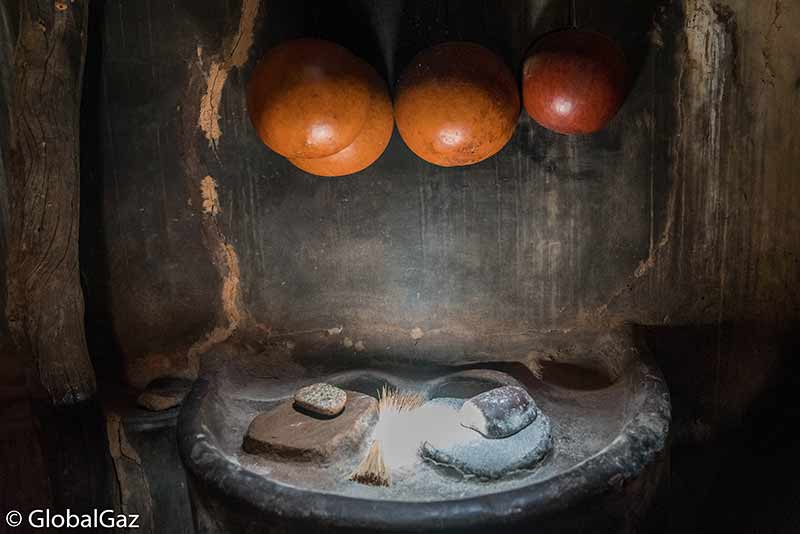
Inside one of the homes…looking at the pit used to cook the food
For my finale, I broke out my DJI Mavic drone. This is the equivalent of offering to buy everyone in the bar all their drinks for the night. A large throng gathered around to watch the Mavic go through its paces. In fact, the children refused to return to school. When I flew over the painted village, some of the women panicked and ran out of the complex in fear.
Tiebele Painted Houses.
Tiebele Painted Houses.
Tiebele Painted Houses
When you are finished with the Tiebele Painted House … Visiting West Burkina Faso
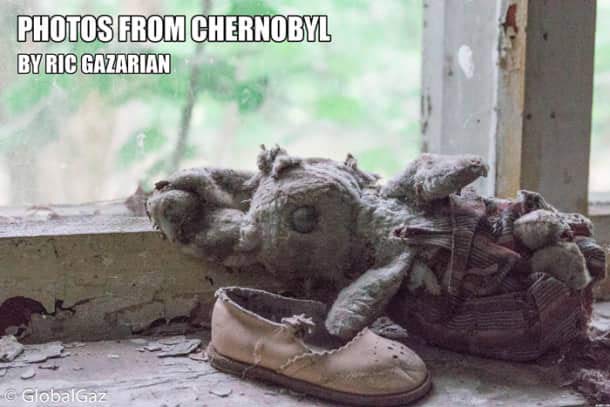
Photos From Chernobyl
Sign up to receive your free copy of Photos From Chernobyl. Over 100 photos from the Chernobyl Exclusion Zone.

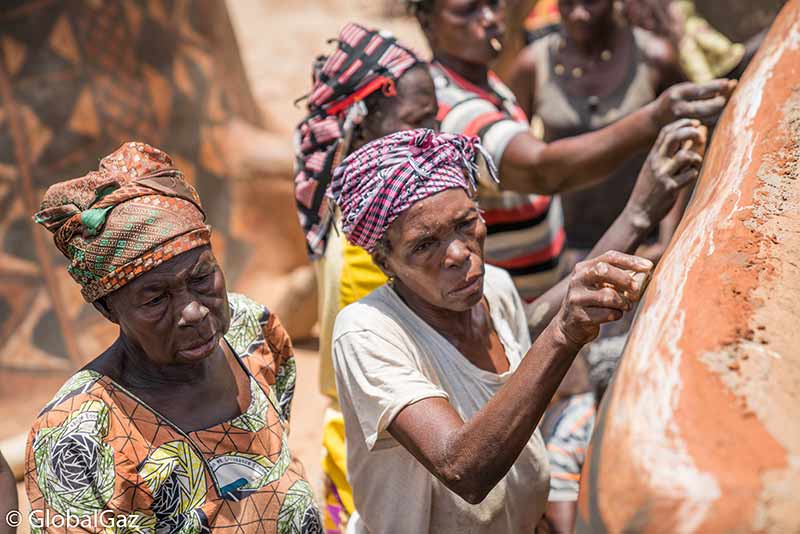
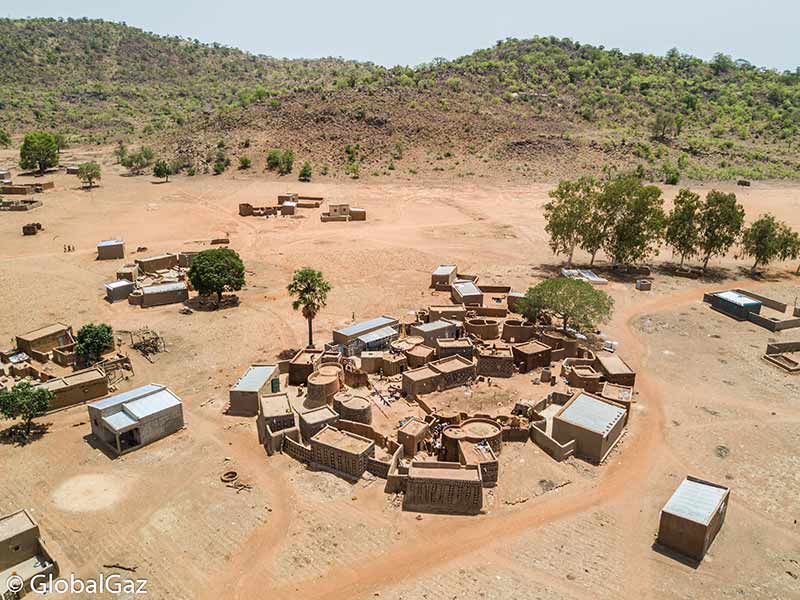

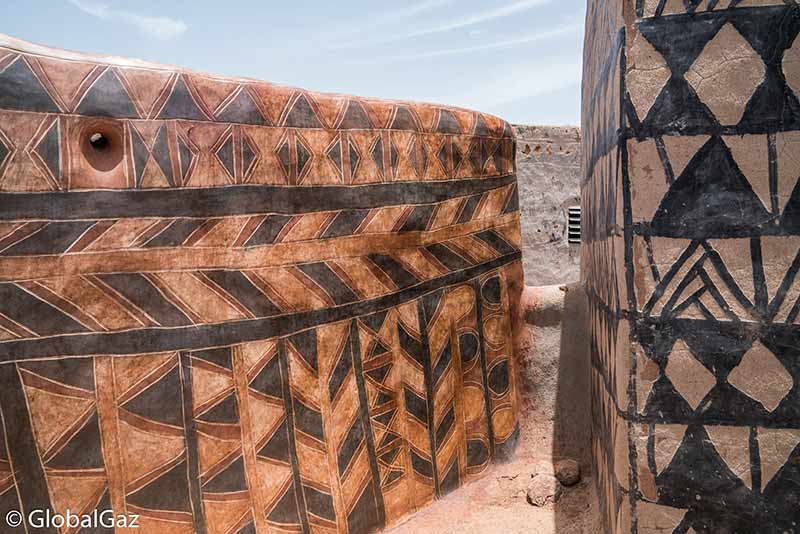

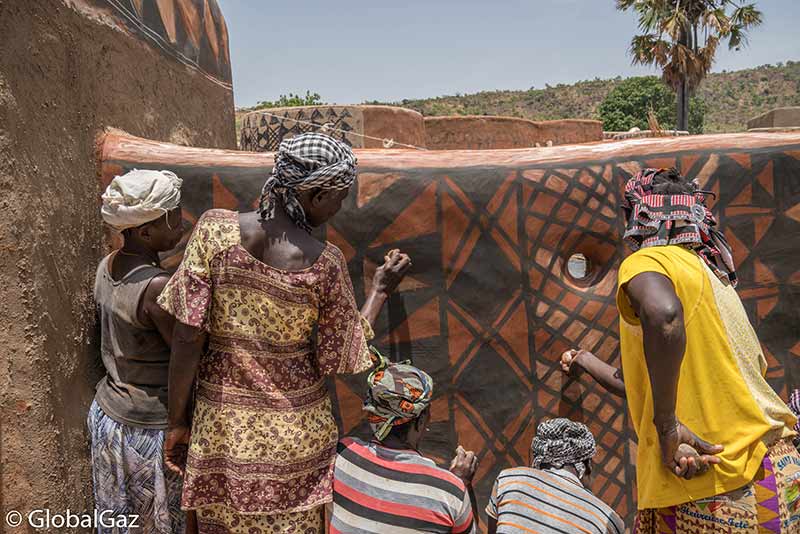
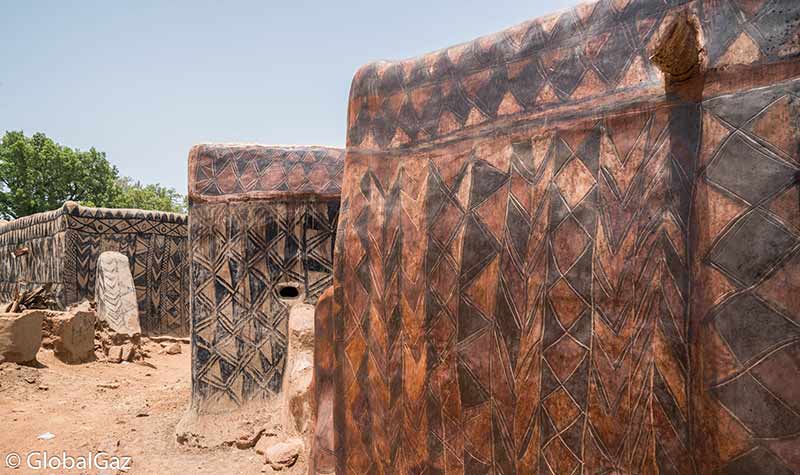
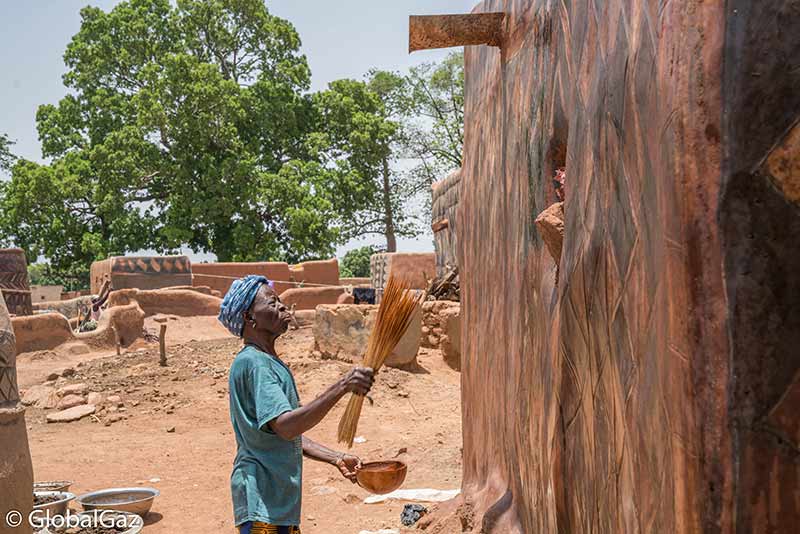
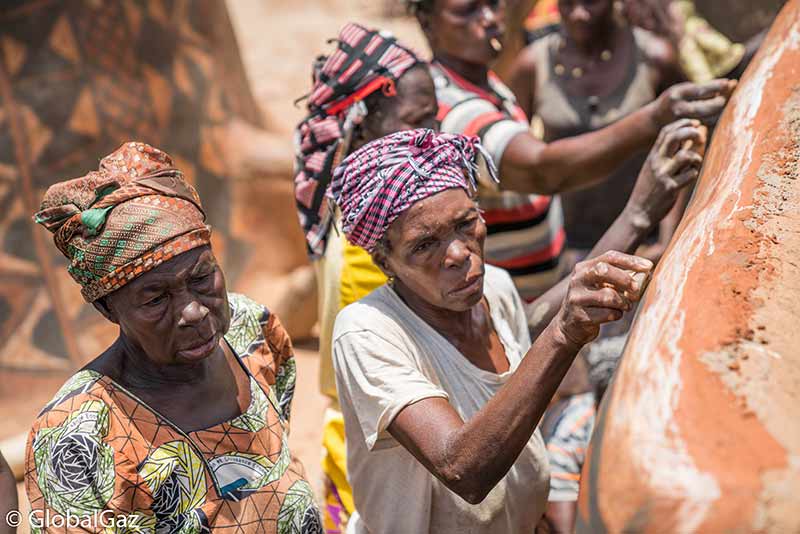
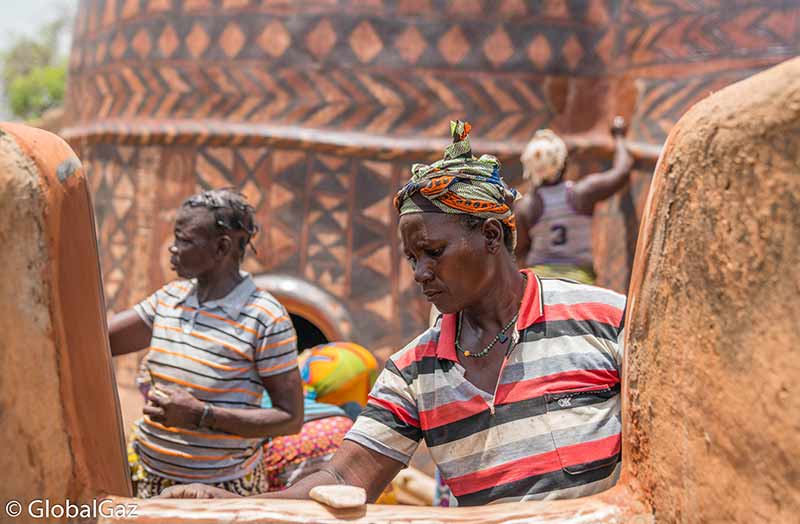
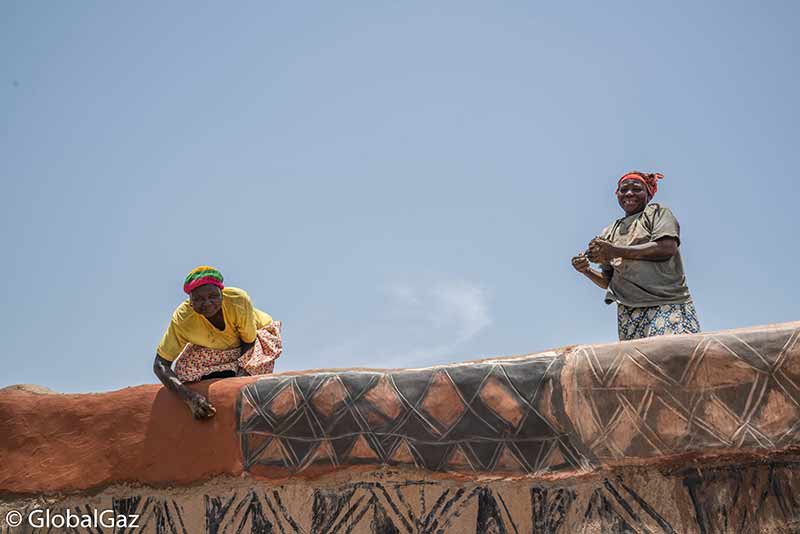
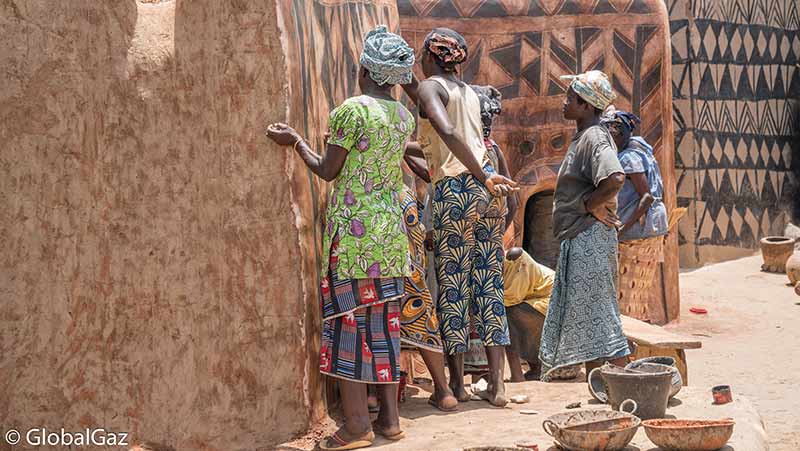
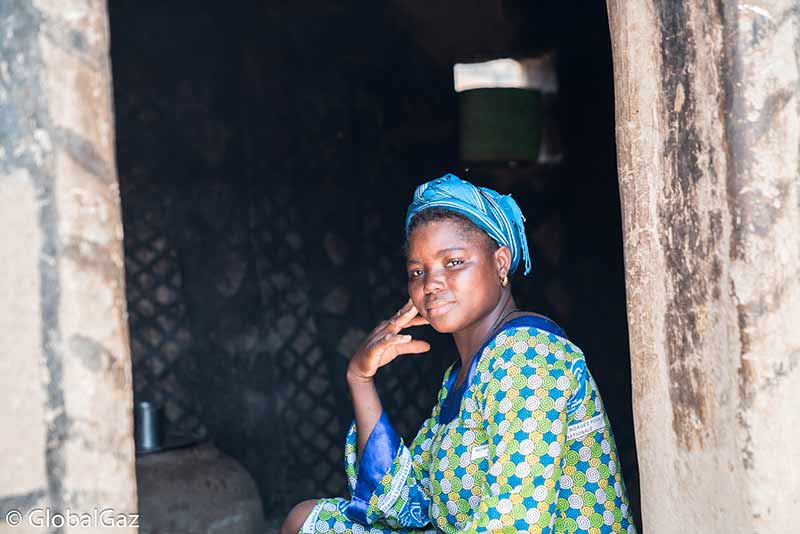
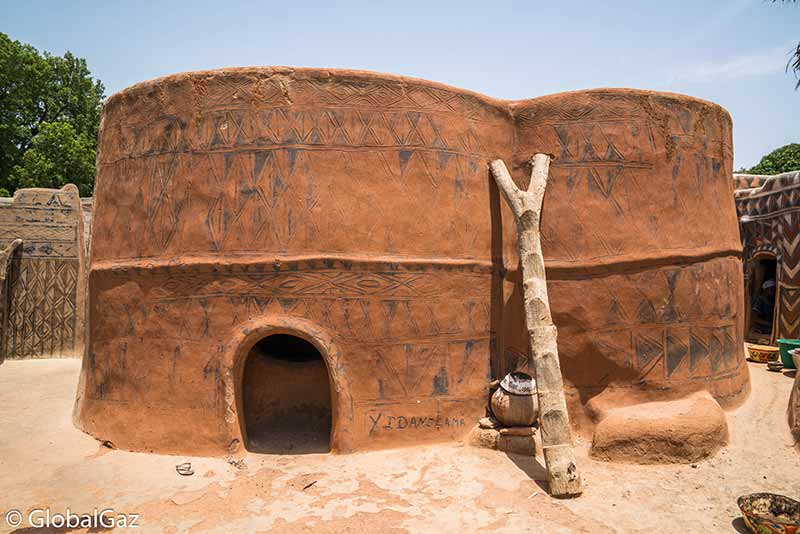
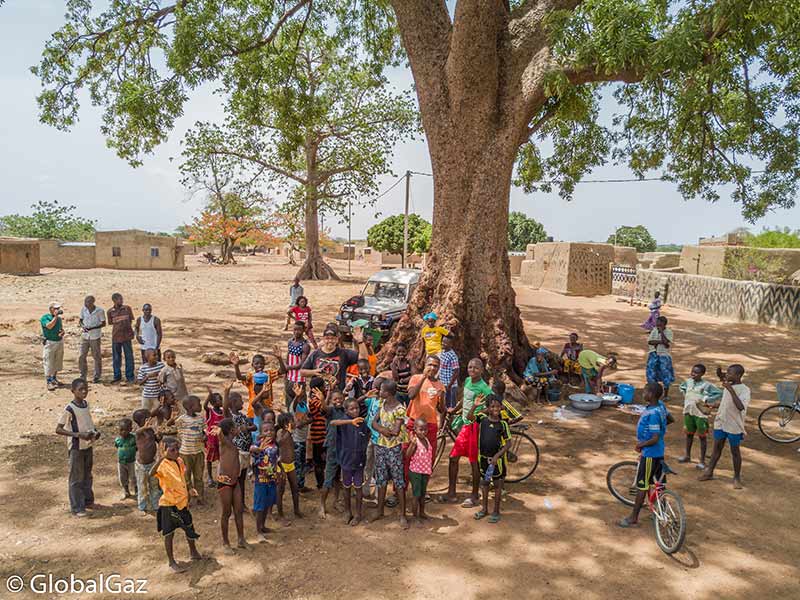
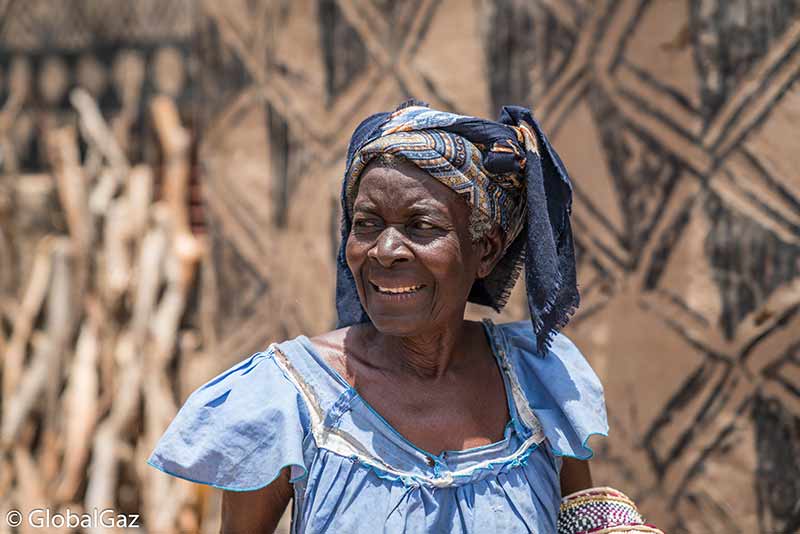
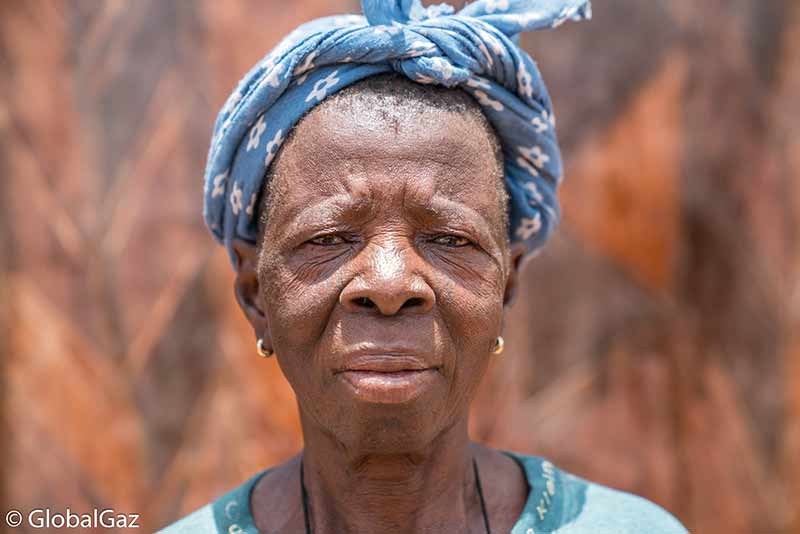
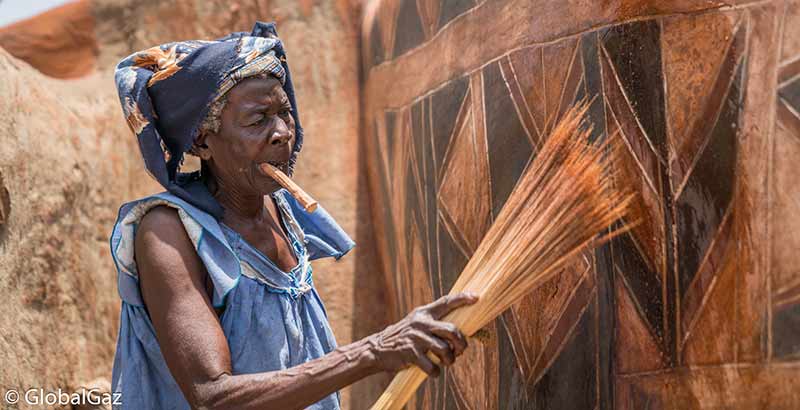
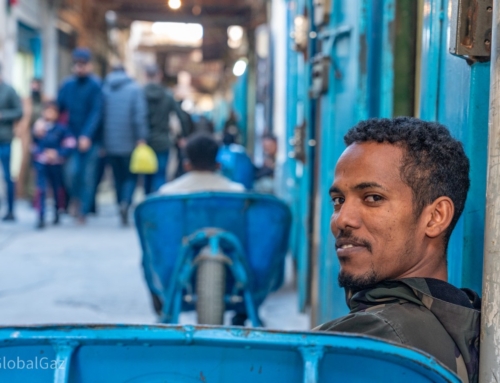

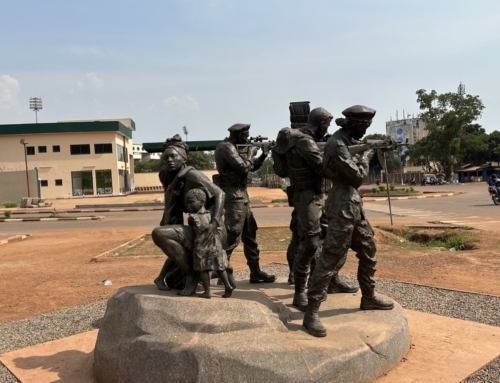
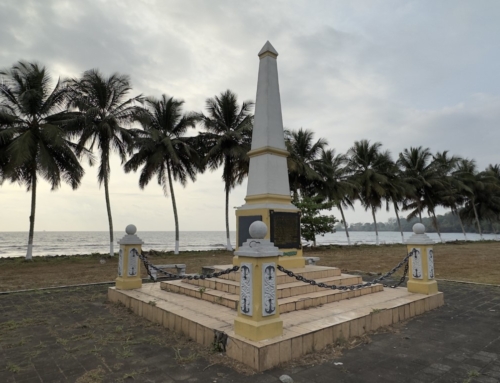

[…] Suite to southern Burkina Faso aboard a truck with no AC and over 100 F degrees visiting the painted village of Tiebele with GlobalGaz. I like both environments […]
[…] This is a unique and interesting spot near the border with Ghana. At the village of Tiebele, turn east at Po and drive for an hour or so down a graded, dirt road. The village is unique with the walls of the homes painted, sharing the stories of the people. I wrote more about my experience visiting Tiebele. […]
Such a cool experience. Lovely pictures also.
Burkina Faso has a lot of undiscovered gems!